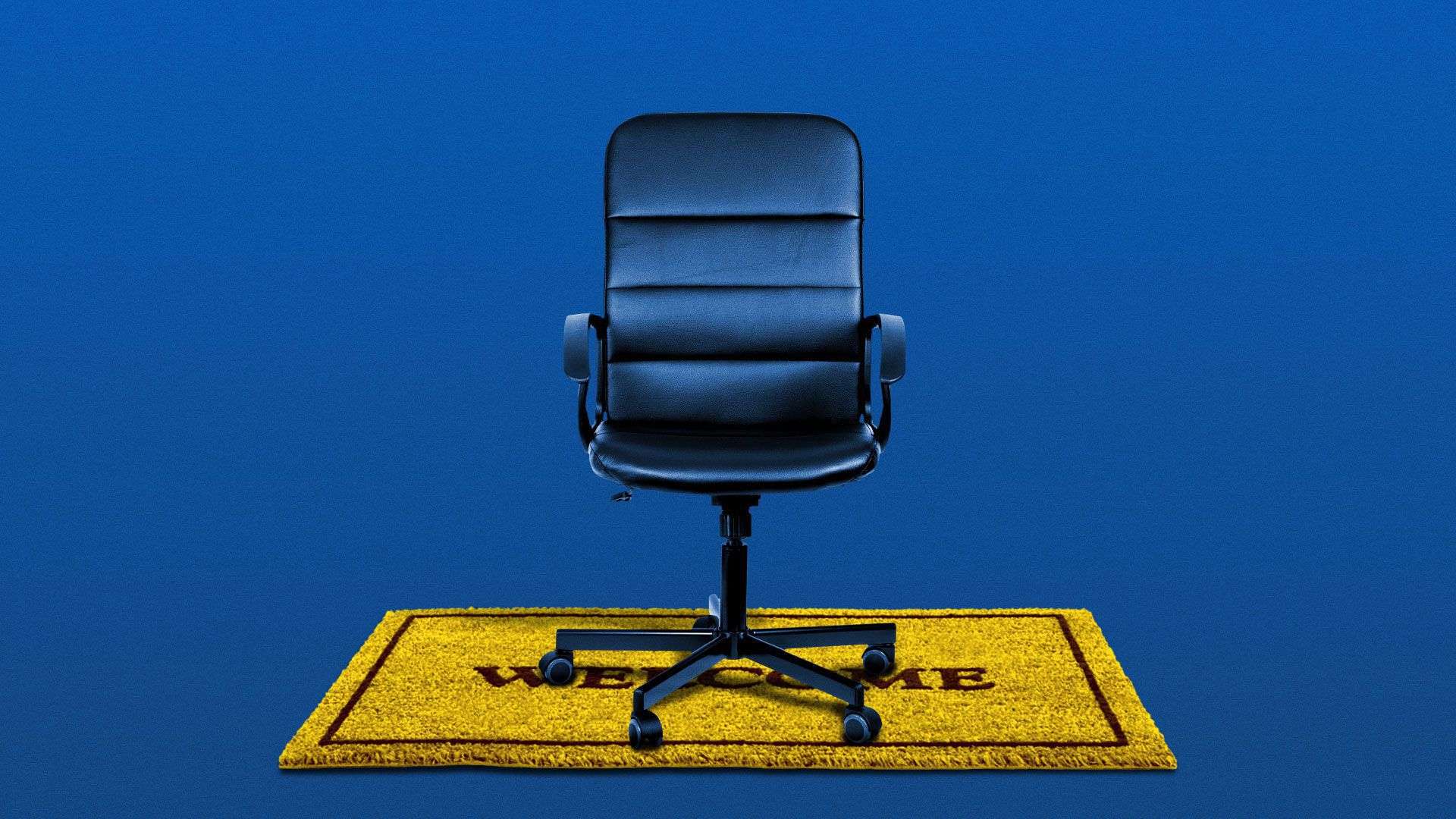Every company is co-creating Hybrid 2.0

Every employee experienced the last two years in different ways — solo at home, caring for parents, homeschooling children — and many leaders struggled to find the right ways to support them.
- For teams to survive the next year, two leadership qualities are non-negotiable: high emotional intelligence and thoughtful technology to unite a hybrid staff.
Hybrid 1.0 took our office operating systems and turned them digital — but the way we worked remained mostly unchanged. Meetings. Zooms. Gapless calendars. These are big contributors to staff burnout.
Hybrid 2.0 will reflect what this work can be when intentionally designed. Async communication, coordination, and collaboration. Better cloud documentation so everyone has access to what they need when they need it, says AJ Thomas, head of people products, strategy and operations at X, the Moonshot Factory.
- FOMO — the fear of missing out — will start to fade, as a relic of Hybrid 1.0, when teams were insecure about information sharing.
- JOMO — the joy of missing out — will take root, as details are documented and shared more deliberately so teammates have the information they need to do their jobs well.
🔑 To succeed: Leaders need to buck the “legacy mindset” that butts-in-the-seat mean productivity and add tools to their tech stacks that boost employee engagement. Here's how to get started:
1. We must start to retrain managers
The world of work has changed, and there's no going back to the pre-pandemic 9-5. You can fight these shifts, or you can embrace them and watch your business — and talent access — grow, says Lars Schmidt, Founder of Amplify.
- Mental health is becoming a benefit staple alongside medical, dental and others.
- Some companies are creating synchronized summer breaks — for a week they shut down.
- Others are adjusting out of office plans. Portugal made it illegal to email employees after business hours.
What they all have in common: Investing in their people.
For Hybrid 2.0 to work, you have to be able to help train and support your hiring managers and your managers through this wild transition. Remember, if you were a co-located company, a lot of managers never worked remotely until the last 18 months. They are going to need support to be mindful and effective.
2. We need to do a health check on employee experience
Whether it’s your processes, tools, or values, there’s no better time than now to evaluate which are working and which need work, says AJ. Boosting employee connection can be as simple as enhancing the technology they use.
Here are three places to start:
Processes: Are you clear on what your processes are solving for?
- Get curious about each part of your employee lifecycle. Ask if it is supercharging your employee experience or getting in the way.
Tools: Do the digital tools you use support the ultimate employee experience?
- Create a way to evaluate it against your experience goals, and champion solving for any gaps by adding it in your People Strategy. Finding the right tools for hiring (Greenhouse), engagement (Qualtrics), internal comms (Axios HQ), development (Lattice), comp (Workday) can make a huge impact.
Value Systems: Are your talent, compensation and performance management philosophies in need of re-imagining or revisiting?
- Checking to see if your values withstand the organizational and global changes around us is not only smart — it’s intentional. Be sure you aren’t just going through the motions so you can fully unleash the potential of your organization.
👉 Go deeper: Watch the "Hybrid 2.0: The New Way of Engaging Employees" event now.





.webp)












.webp)

















